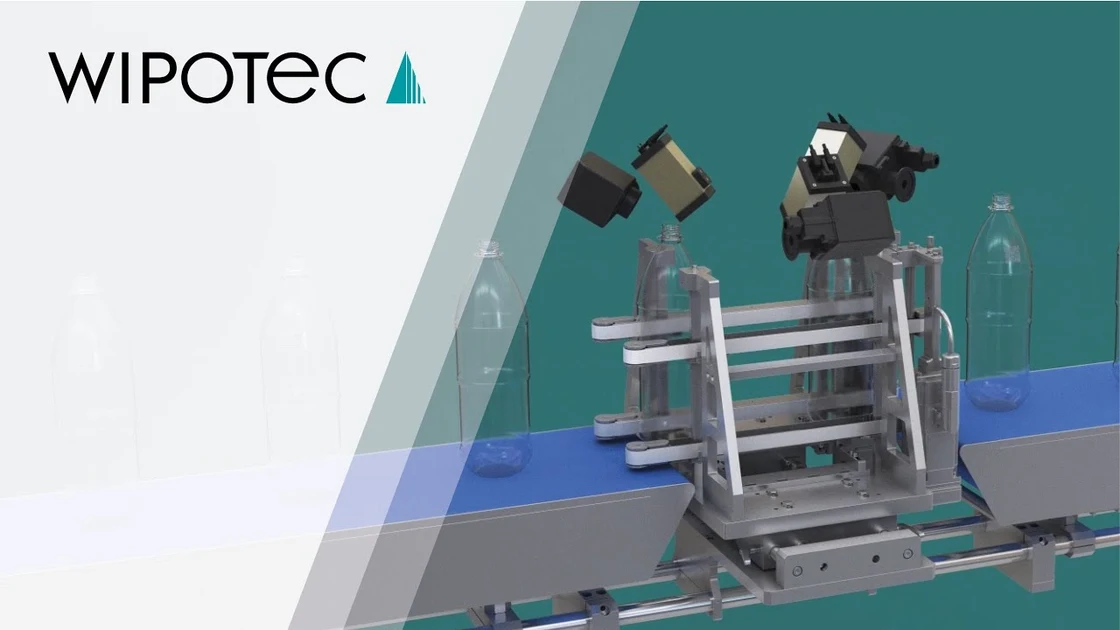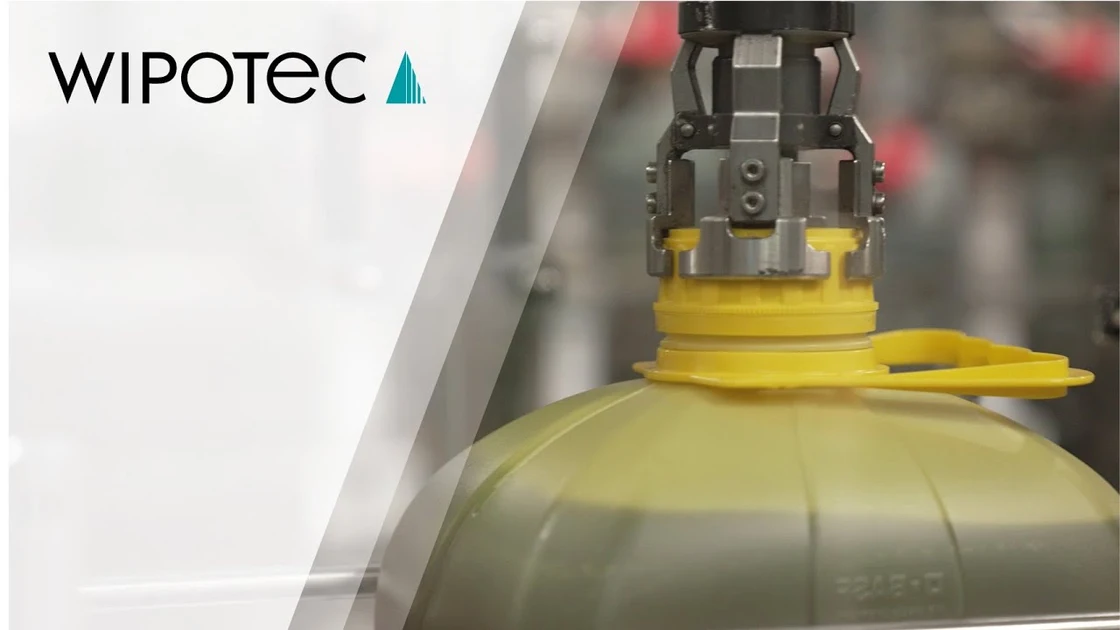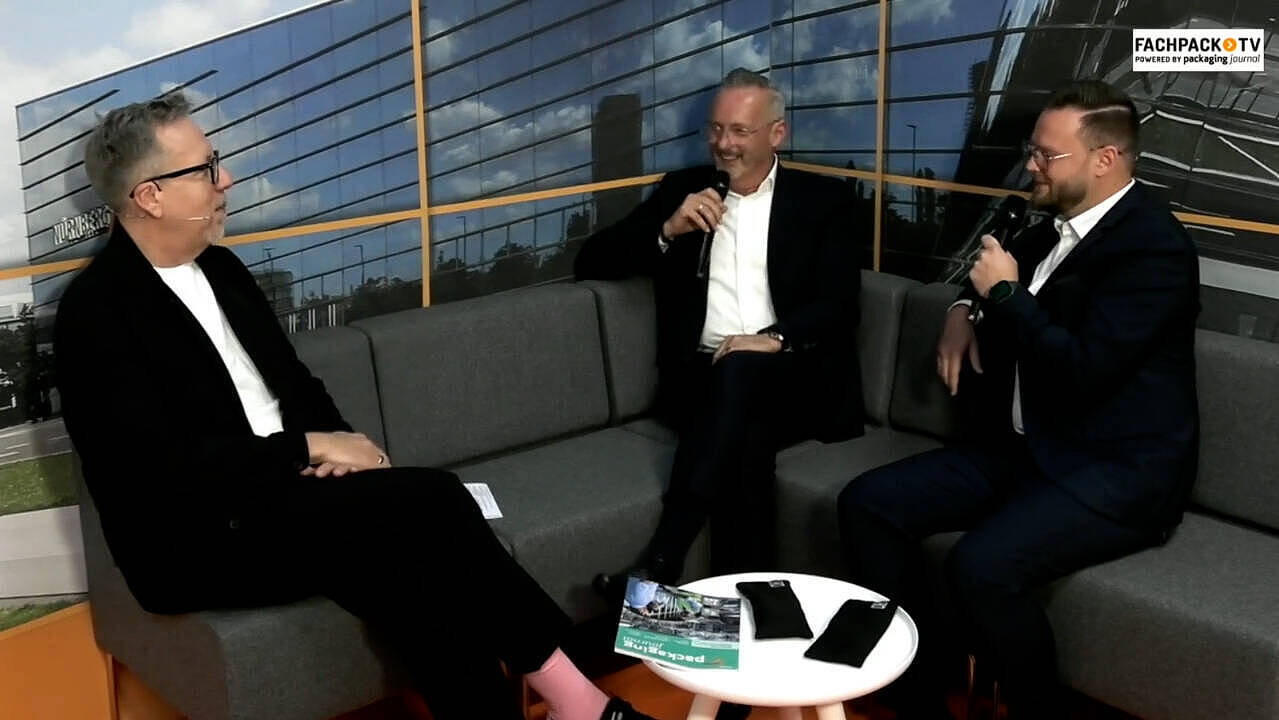
Let’s start with a look at the beverage industry. What have you implemented there so far?
In the recent years we've been working with Coca-Cola. In fact, this has developed to a point where many beverage manufacturers in Germany and in Europe in general have now become aware of it. It was a project where Coca-Cola approached us only with the basic idea that they wanted to track their returnable containers in Latin America. This means that they wanted to learn more about their refillable containers because they simply had no knowledge about them. And that's not so easy because we're talking about PET bottles that are actually refilled but no one knew how they came back or where they were in the market. And the only solution from our perspective at Wipotec was simply to take a different path than what had been the mainstream practice up to that point. We have chosen to mark this PET bottle which is a difficult product in the ultimate durable way. This means that we have developed a coding solution that applies a serialized QR code to this bottle. This means that every bottle has a unique characteristic that exists only once in the world allowing me to track where that bottle is at any time throughout its entire life cycle from production to the market to refilling and back to the market. And this is now playing an increasingly significant role as sustainability becomes more important because it also allows us to track material flows.
How exactly do you do it? Is it a laser or how do you mark?
Exactly. There were all kinds of ideas on the table at the beginning. A label, a sleeve, even a vulcanized label. We quickly realized that these didn't make sense because everything that is applied to a product, whether adhesive or vulcanized, will peel off over the course of its life cycle, especially with refillable containers. And once this label is gone, the characteristic is gone too, and the tracking no longer works. That's why we developed a marking solution based on lasers. It marks these containers permanently without damaging them, which is very important and the actual challenge. These PET bottles are under pressure, so we can't risk causing any structural damage or creating potential breaking points. With the coding solution we at Wipotec have developed, we are able to achieve this and can create truly multifunctional data using a QR code.
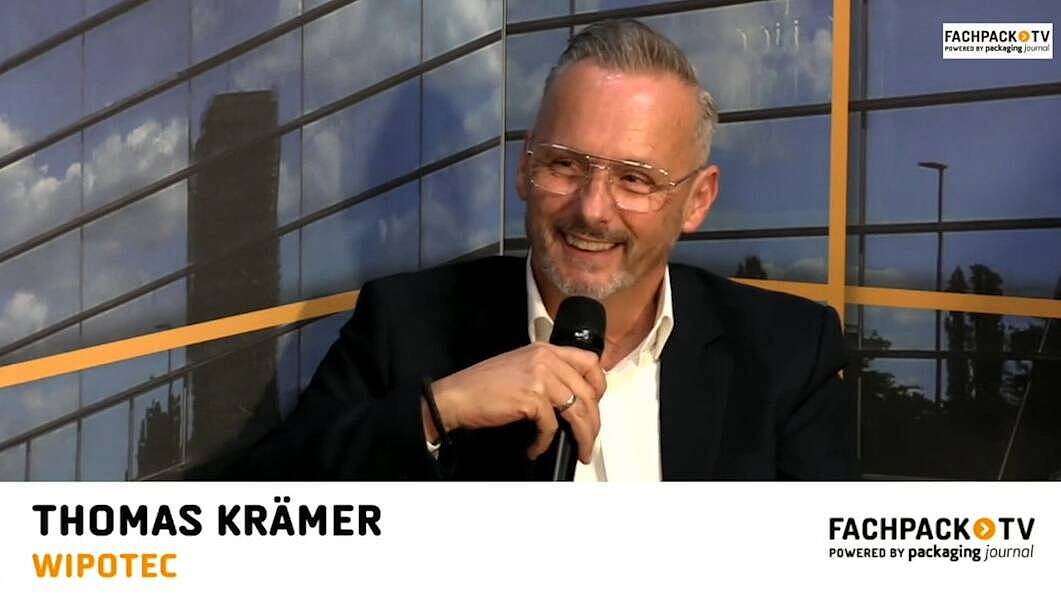
And now it's supposed to go even further. What are the plans for developing this further? How do you see the future?
It is clear that this is attracting a lot of attention not only at Coca-Cola worldwide, where other projects are now being launched, but also in Europe, even though we have a deposit system here that allows us to manage material flows really well. However, there are still many refillable containers such as kegs, which are not so widely known, but you have seen them before. They are big brown PET containers. These are used to ship liquids around the world. To date, these are single-use containers and their location is unclear. We are currently developing a project to mark these kegs.
In other words this form of marking alone creates the possibility of bringing reusable containers into circulation instead of disposable ones?
That's exactly the idea. We in Germany are used to this. We have a deposit system. The rest of the world not necessarily. And we have another project underway right now that is literally a hot topic. It is already at a very advanced stage. We are marking glass containers or glass bottles just as permanently with a truly multifunctional QR code. To date, this has not been possible at all on cold glass bottles. If there was any possibility of permanent marking until now, it was at the hot end immediately after production. That is incredibly difficult and also hard to achieve readability. And we can now also mark glass containers in the cold end. This is a very interesting topic which is currently attracting the attention of some beer producers because there will be regulations on this.
Now we're talking about everything from beverages to chemistry. So it probably won't stop at beverages?
We have the basis with all our marking technology and also serialization technology for traceability. Of course, this didn't come out of nowhere. Wipotec's expertise goes back decades. And we have gathered a large part of this knowledge about serialization in the pharmaceutical industry over the past few years. What we do at Wipotec is that we combine mechanical engineering with our specialist knowledge, working with a truly outstanding team of highly skilled engineers with extremely sharp minds, and thereby apply this specialized expertise to other industries. That is why we are also very active in the food sector. Such marking solutions, especially in relation to QR codes, are currently very popular with the transition from barcodes to 2D codes. This is happening in various industries, including the chemical industry. We are active in everything from agrochemicals to petrochemicals.
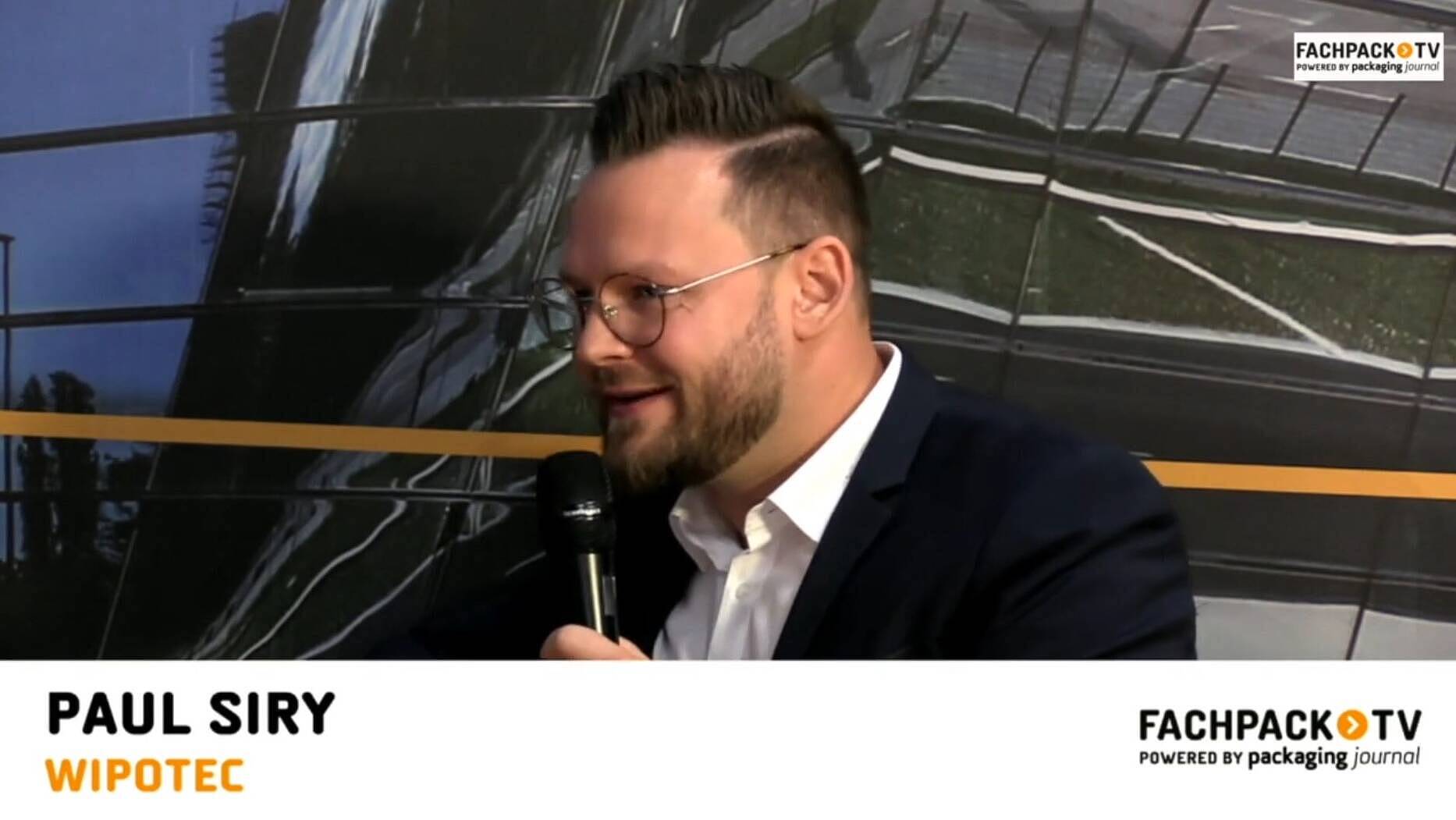
Chemicals are diverse. So where are we going with this? What are we talking about?
In the chemical industry we are active in a wide variety of fields. These range from agrochemicals and petrochemicals to detergents, but also include coatings such as paints and varnishes. We have solutions for a wide variety of applications. One good example is BASF. Here we perform optical inspection to ensure that the caps on plant protection products are correctly applied and sealed so that the products leave the factory in perfect condition.
So it's not just about marking but ultimately also about product safety?
Exactly. Inspection is generally defined more broadly. Another example of where we have implemented a solution is with Meguin. They produce motor oil. There, we have implemented a comprehensive system from weighing and labeling to serialization which enables traceability of every single bottle. On the one hand, this helps the manufacturer to draw conclusions about which raw materials were used in the production of each individual bottle and, at the same time, increases transparency with regard to counterfeit protection.
One particular highlight I would like to mention here is the solution we developed for the paint industry. Here, we really check the paint bucket thoroughly down to the smallest detail. We don't just check whether the lid is applied correctly but also whether it is the right lid for the product. At the same station we also check whether the label has been applied correctly and cleanly, whether it is damaged, whether there are any air bubbles or even spills and splashes. The labels usually come with an EAN or QR code, which we then read at the same time.
This particular project is a truly fascinating topic. You might think that paint buckets are no big deal, but in fact, the quality requirements are very high. It is also an issue with regard to environmental protection because the caps have to be sealed properly. So with this paint bucket machine we do a 360 degree inspection all around this bucket. We really check from all sides and from above around the corner to make sure the seal is correctly positioned and everything else is fine. And that is what makes it so interesting. Now imagine you have a round bucket and a camera and you rotate this round bucket, then it works and you can generate a 360 view. However, we can also handle rectangular, square, or oval buckets, which is not quite as simple.
At the top of everything is, of course, sustainability. How do your solutions contribute in this regard?
The primary goal of quality assurance is to prevent errors or defects at source, rather than having to fix them later, which can be very expensive and potentially damage the company's image. That means the approach must be established at an early stage. This is precisely where our systems come in, as Paul just said, with 100% marking, labeling and then also inspection to ensure that 100% of items are checked. And with this, we also avoid that containers which are damaged, which are then marked even though they are no longer suitable for sale, end up going straight to waste. So we avoid this up front and by doing so already aim at sustainability. The second point, and this is actually much more crucial, is that this subject of sustainability is affecting more and more industries regardless of the quality standards applied. Regulations are currently being worked on, some of which have already been introduced for certain products, and it is very likely that there will be even more in the future. When we look at the EU, we see the ESPR, the Ecodesign Regulation, the PPWR, the Packaging and Packaging Waste Regulation, the Digital Product Passport. All of this can only work if we also talk about digitalization in the circular economy. And that is precisely our approach. That is exactly what we do at Coca-Cola, for example. I would like to mention at this point that with our system we introduced the first comprehensive deposit system in Chile.
Watch the full interview at packaging journal (German only)
Subscribe to our Blog
Sign up for our Blog Newsletter and be notified only if new articles are published.
